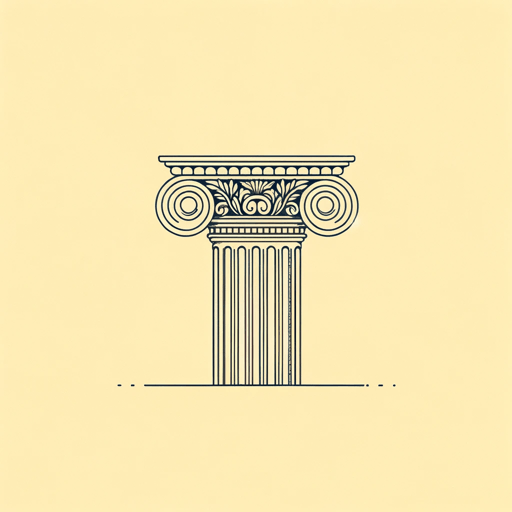42 pages • 1 hour read
John RuskinThe Stones of Venice
Nonfiction | Book | AdultA modern alternative to SparkNotes and CliffsNotes, SuperSummary offers high-quality Study Guides with detailed chapter summaries and analysis of major themes, characters, and more.
Index of Terms
Basilica
A basilica is a type of rectangular, ancient Roman public building whose ground plan was adopted by Christianity for the structure of churches; the term also denotes a title of honor conferred upon certain churches of historic or religious significance. The church of St. Mark’s in Venice is a basilica, and Ruskin discusses basilica structure in various places in the text.
Byzantine
“Byzantine” refers to the architectural style characteristic of the Byzantine Empire (the eastern branch of the Roman Empire, centered at Constantinople), characterized by dome roofs and rich mosaics, a style which eventually traveled westward to Ravenna and Venice. The presence of the Byzantine style in such Venetian buildings such as St. Mark’s Basilica and the Ducal Palace reflects the city’s early connection with the Byzantine Empire and Eastern trade, which made it into a major world power.
Gothic
“Gothic” refers to a style of architecture originating in France and northern Europe in the 12th century and lasting until the 16th century in some areas, characterized by tall churches with elaborate traceries and supported by buttresses, and by the pointed arch. Elements of Gothic are found in Venice’s major churches and palaces and, for Ruskin, reflect the city’s most glorious period.

